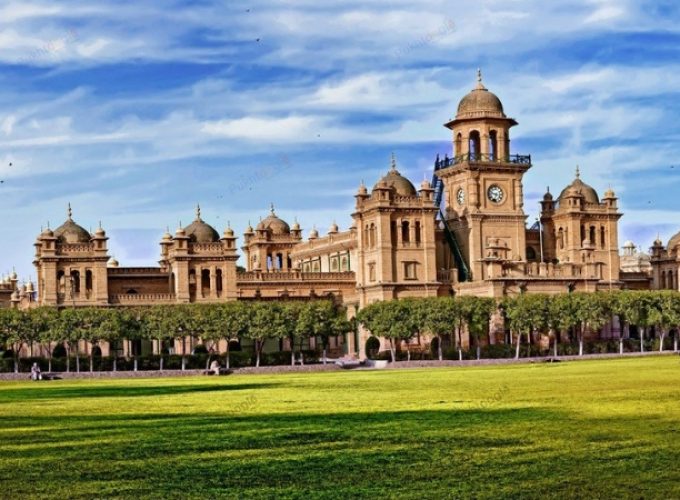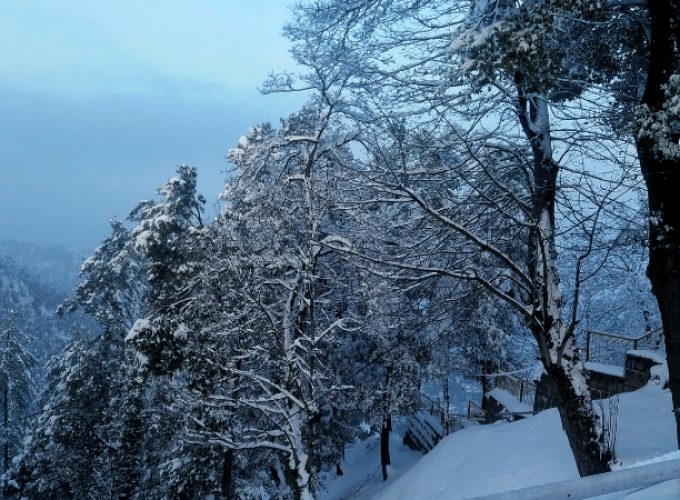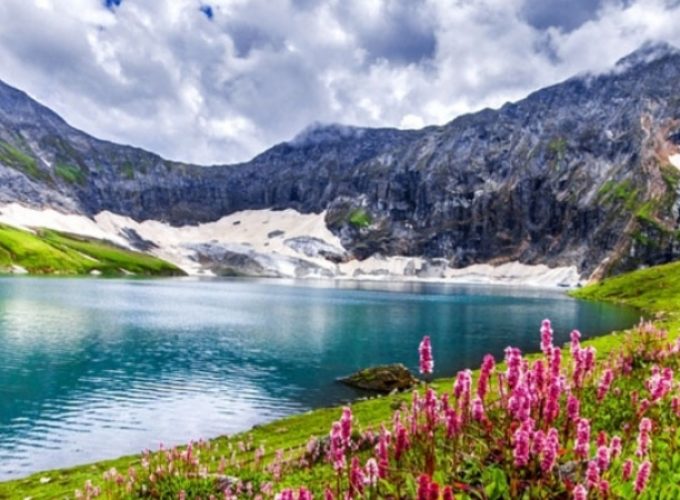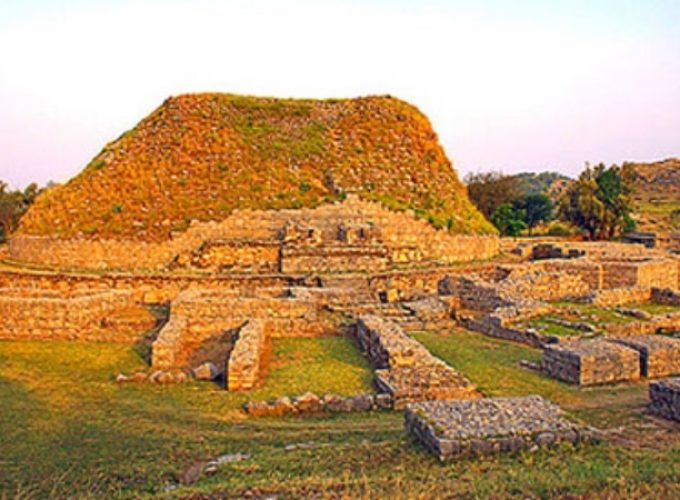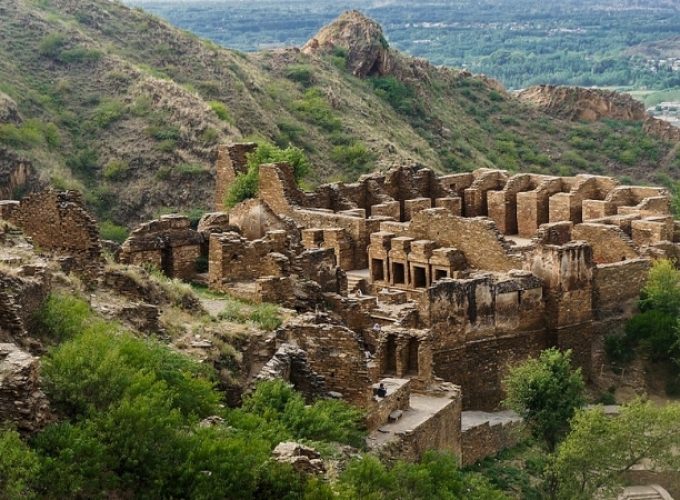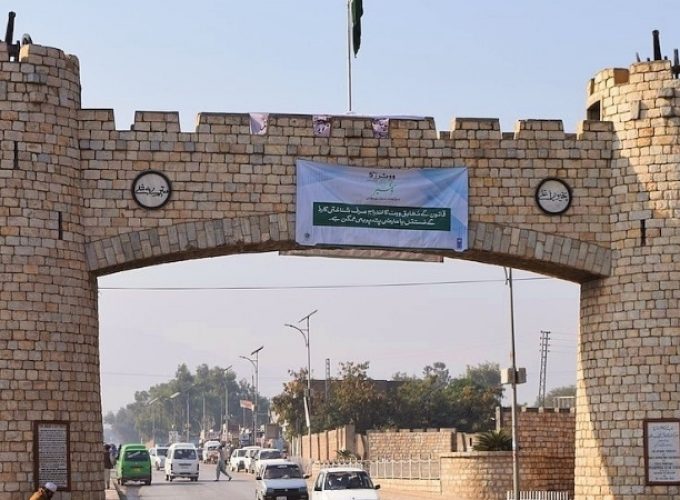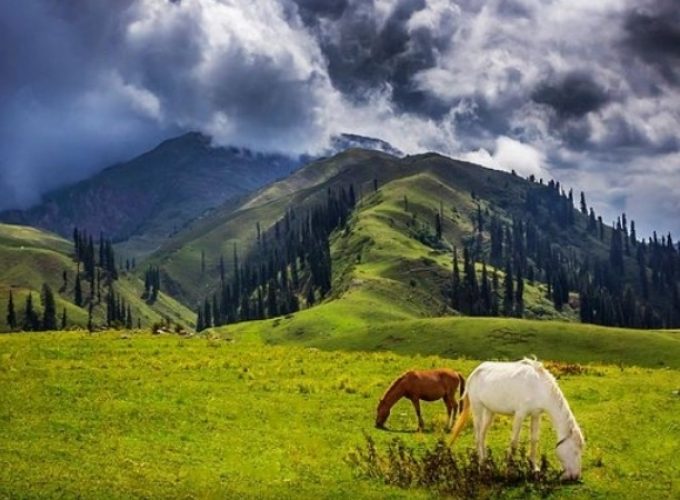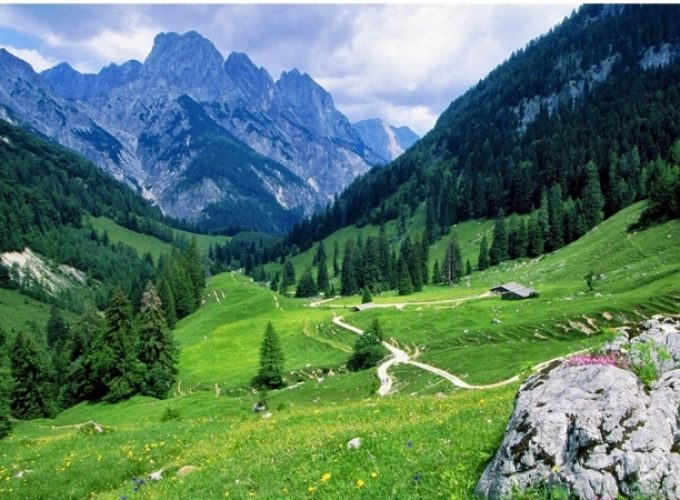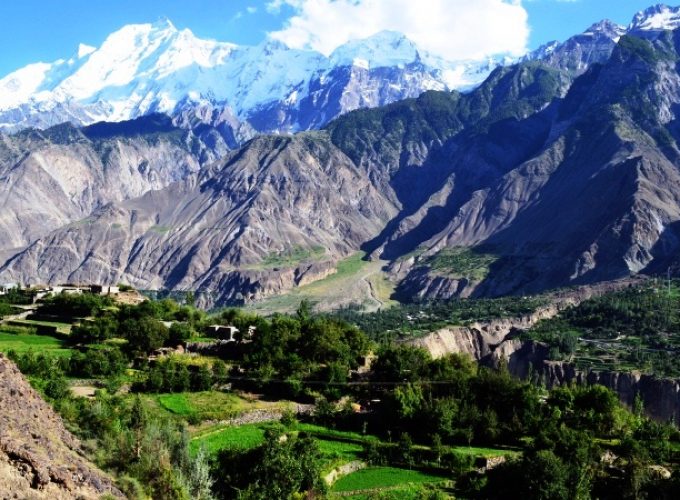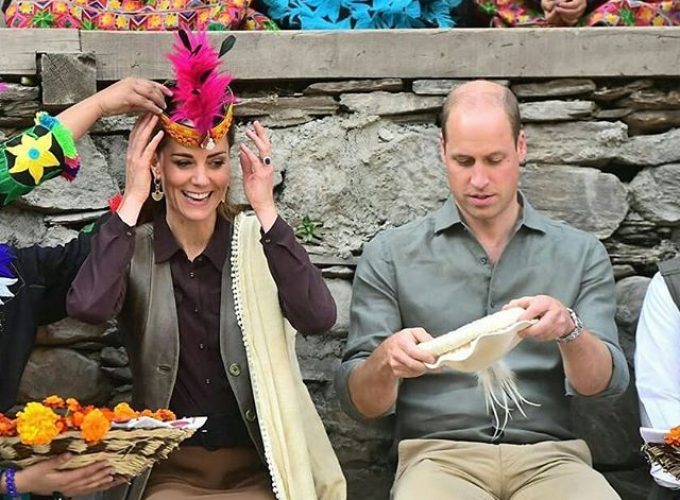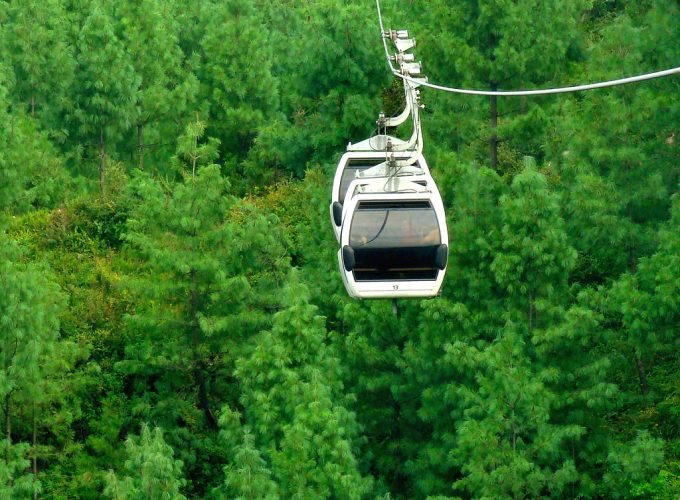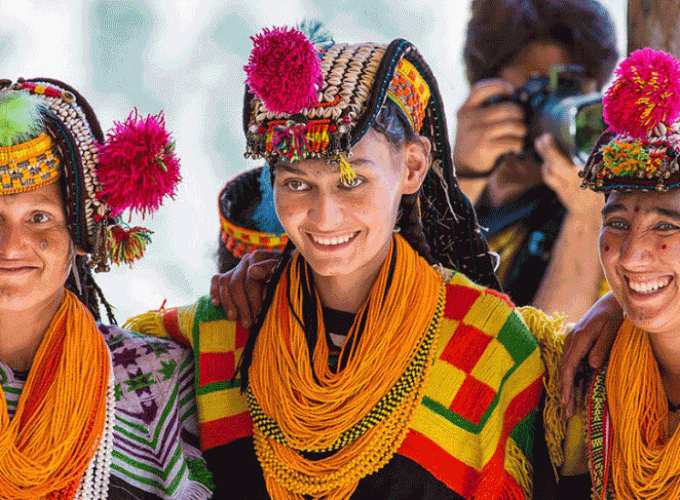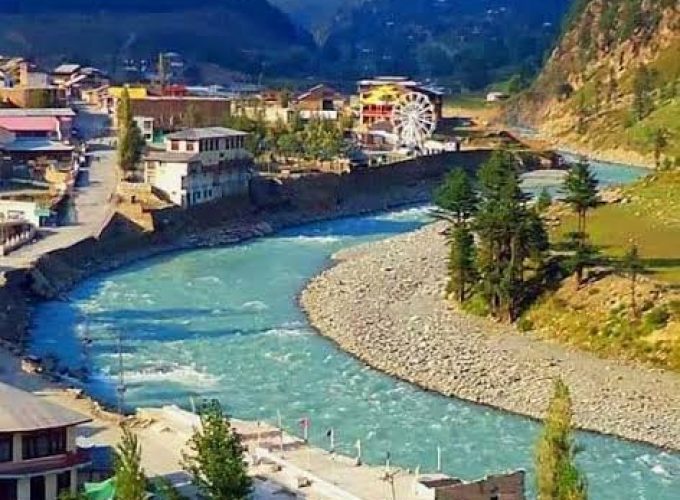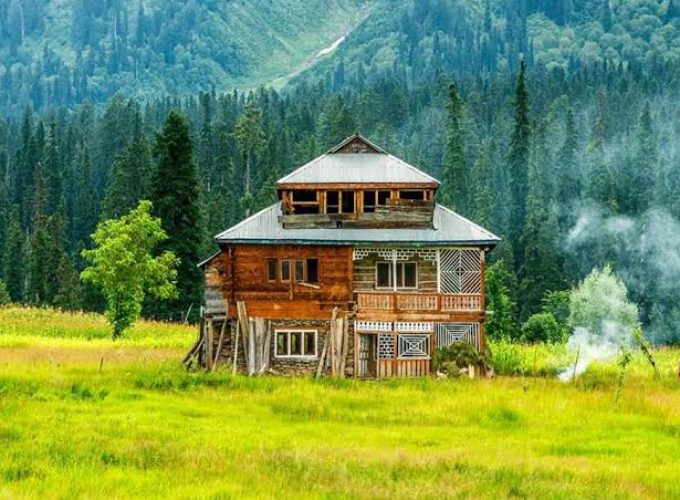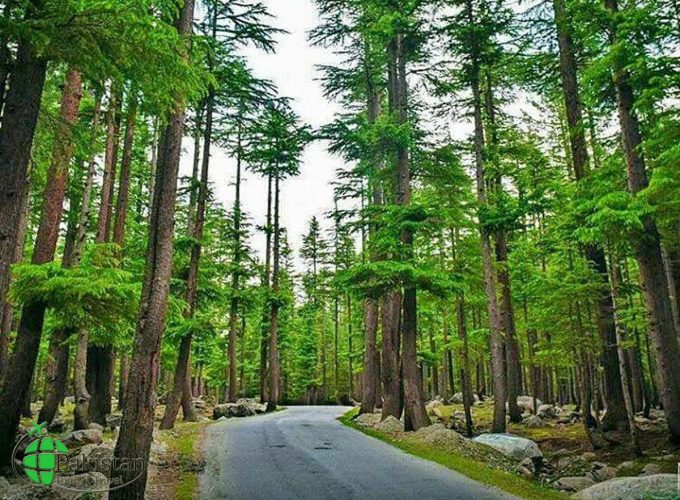Formerly known as the North-West Frontier Province (NWFP), the land of gallant Pashtuns, the Khyber Pakhtunkhwa (KPK) is one of the four administrative provinces of Pakistan. From the Himalayan Mountains in the north of the province to the desolate plains in the south, the Province has many marvels to present including the remote Kalash valleys housing the pagan Kalasha tribe in the northern part of Chitral, the remains of Gandhara civilization in Swat and annexing regions including UNESCO World Heritage sites, the mighty Hindukush mountain range for ultimate adventures in Chitral and the Kaghan Valley, the lush green Hazara district, hills of Murree, concentrations of major tourist attractions in the oldest living city of Peshawar and much more.
KPK is the smallest province of Pakistan (third-largest by population and economic contribution) covering 101,741 km² and is home to some 35.53 million people (2017 census). Geographically, Gilgit-Baltistan and northern Azad Kashmir are located to the northeastern of the mountainous region; the Federal Capital of Islamabad and Punjab cover the southeastern section; the northern tip of Balochistan makes up the southern border of the province, while Afghanistan makes up the 1100 km along the northwestern section of the province.

